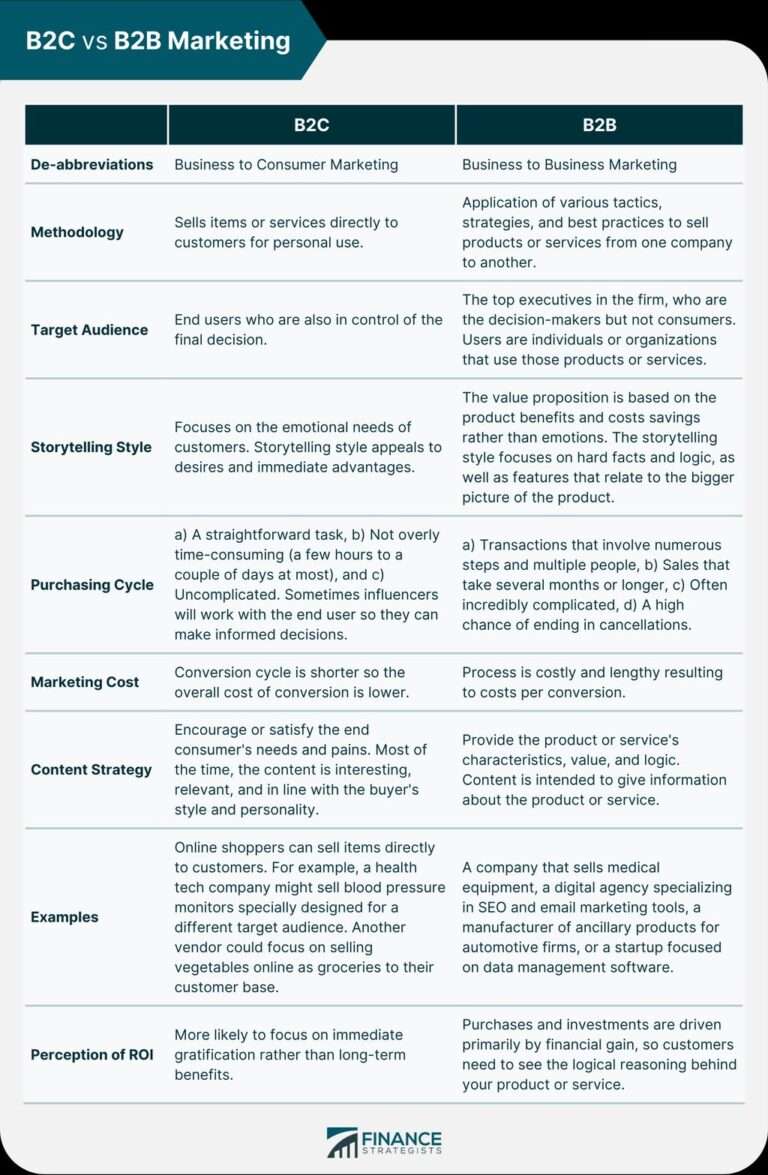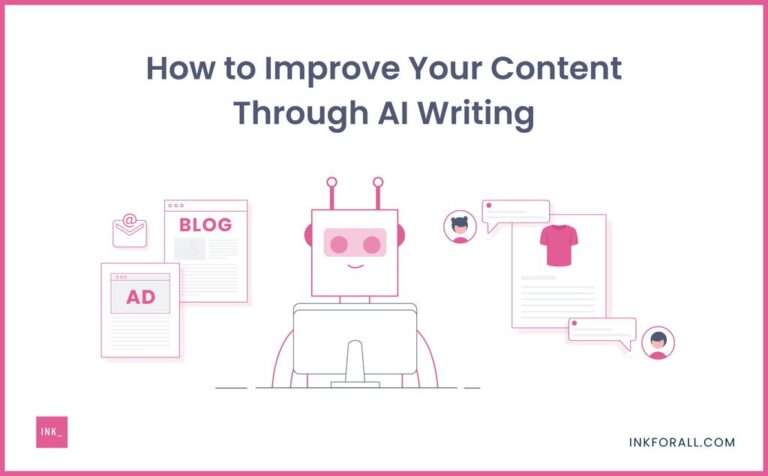What is Content Performance?
How do you optimize content performance?
Content Performance in a nutshell
The key insights of this article include understanding different content types, measuring engagement metrics, and identifying key performance indicators. By analyzing data from various sources and using data analysis tools, you can gain valuable insights into content performance. This article also emphasizes the importance of data visualization in presenting the findings. Overall, this article aims to equip you with the knowledge and tools to make data-driven decisions to optimize content performance. To learn more about how Unifire can help you analyze and improve your content performance, visit Unifire. Finally, stay tuned for the practical ‘How to’ section at the end, which will provide step-by-step instructions on implementing the strategies discussed.
Objectives of Content Performance Optimisation
The objectives of this article on content analysis are to provide a comprehensive understanding of the different types of content, the metrics used to measure engagement, and the key performance indicators that indicate content success. Through the analysis of various data sources and the use of data analysis tools, we aim to uncover valuable insights into content performance. By visualizing the data, we can effectively communicate our findings and make data-driven recommendations for improving content strategies. The ultimate goal is to help businesses optimize their content and achieve better engagement and conversion rates.
Methodology
In order to analyze the content performance, a comprehensive methodology was employed. The first step was to collect data from various sources, including social media platforms, website analytics, and user surveys. Next, the data was analyzed using advanced data analysis tools to identify patterns and trends. Key performance indicators such as engagement metrics, click-through rates, and conversion rates were used to evaluate the effectiveness of different content types. The findings were then visualized using data visualization techniques to provide a clear and concise overview. Overall, this methodology allowed for a deep understanding of the content performance and provided valuable insights for improving future content strategies.
Content Analysis
Content Types
When analyzing content performance, it is important to consider the different types of content that are being published. These can include articles, blog posts, videos, infographics, and social media posts. Each type of content has its own unique characteristics and requires a different approach to measure its performance. For example, engagement metrics such as likes, comments, shares, and click-through rates are commonly used to assess the effectiveness of social media posts, while metrics like page views and time on page are more relevant for articles and blog posts. By understanding the various content types and the corresponding metrics, you can gain valuable insights into the performance of your content and make informed decisions to optimize your content strategy.
Engagement Metrics
After conducting a thorough content analysis, we have identified several key engagement metrics that are crucial for measuring the performance of our content. These metrics include click-through rates, time spent on page, social media shares, and comments. By tracking these metrics, we can gain valuable insights into how our audience is interacting with our content and make data-driven decisions to improve engagement. Additionally, the use of AI-powered tools can further enhance our ability to analyze engagement metrics by providing advanced analytics and predictive insights. With the help of these tools, we can identify patterns and trends in user behavior, optimize our content strategy, and ultimately drive better results. To leverage the power of AI-powered tools for content performance analysis, we recommend exploring Unifire, a leading platform that offers a comprehensive suite of analytics features. With Unifire, you can unlock the full potential of your content and take your engagement metrics to the next level.
Key Performance Indicators
In order to measure the success and effectiveness of content, it is important to track key performance indicators (KPIs). KPIs provide valuable insights into how well the content is performing and whether it is achieving its objectives. Some common KPIs for content analysis include engagement metrics such as page views, time on page, and social media shares. These metrics help to determine the level of audience engagement and interaction with the content. Additionally, analyzing the conversion rate, bounce rate, and click-through rate can provide insights into the effectiveness of the content in driving desired actions. By tracking these KPIs, content creators can make data-driven decisions to improve their content strategy and optimize performance.
Data Collection
Data Sources
The data for this analysis was collected from various sources, including website analytics tools, social media platforms, and email marketing software. Website analytics tools provided information on user behavior, such as page views, time spent on page, and clicks. Social media platforms provided engagement metrics, such as likes, comments, and shares. Email marketing software provided data on open rates, click-through rates, and conversions. By gathering data from multiple sources, a comprehensive view of content performance was obtained.
Data Analysis Tools
After conducting a thorough content analysis, it is crucial to utilize effective data analysis tools to extract meaningful insights. Google Analytics is a widely used tool that provides valuable information about website traffic, user behavior, and engagement metrics. It allows you to track the performance of different content types, such as blog posts, videos, and infographics. Additionally, SEMrush is an excellent tool for analyzing keyword rankings, organic search traffic, and competitor analysis. It helps in identifying the key performance indicators (KPIs) that are driving the success of your content strategy. Another useful tool is BuzzSumo, which provides insights into the most shared and engaging content in your industry. By leveraging these data analysis tools, you can make data-driven decisions to optimize your content and improve its performance.
To further enhance your content analysis and gain deeper insights, consider integrating Unifire into your data analysis process. Unifire offers advanced analytics features, including sentiment analysis, content clustering, and predictive analytics. With Unifire, you can uncover hidden patterns and trends in your content performance, enabling you to make more informed decisions and drive better results. Take your content analysis to the next level with Unifire.
CTA: Visit Unifire now to supercharge your content analysis and unlock powerful insights!
Data Visualization
After conducting a thorough analysis of content performance, one key insight that emerged is the importance of data visualization in understanding and presenting the findings. Data visualization allows for the clear and concise representation of complex data sets, making it easier to identify patterns, trends, and correlations. By using visual elements such as charts, graphs, and tables, businesses can effectively communicate their content performance metrics to stakeholders and make data-driven decisions. Additionally, data visualization enhances the accessibility of the information, enabling a wider audience to comprehend and engage with the insights. Incorporating visually appealing and informative data visualizations in content analysis reports can significantly improve the impact and effectiveness of the findings. To optimize your content performance analysis, consider leveraging tools and software that provide robust data visualization capabilities, ensuring that your insights are visually compelling and easy to interpret.
Conclusion
Summary of Findings
The key findings of this content performance analysis reveal that defining goals is crucial for success. By setting clear objectives, content teams can focus their efforts and ensure that their content aligns with the desired outcomes. This analysis also highlights the importance of engagement metrics in measuring content performance. Metrics such as time on page, social shares, and comments provide valuable insights into audience engagement and can guide content improvement strategies. Additionally, key performance indicators (KPIs) play a vital role in evaluating the overall effectiveness of content. By tracking KPIs such as conversion rates, click-through rates, and bounce rates, organizations can assess the impact of their content on driving desired actions. To optimize content performance, it is essential to leverage data from various sources, utilize data analysis tools, and employ data visualization techniques. These practices enable content teams to gain deeper insights into audience preferences, identify trends, and make data-driven decisions. By implementing the recommendations derived from this analysis, organizations can enhance their content strategy, improve audience engagement, and achieve their goals.
Recommendations
Based on the findings of the content analysis, it is recommended to conduct a comprehensive audit of the existing content. This audit will help identify areas of improvement and optimize the content strategy. Additionally, it is important to regularly monitor and analyze the engagement metrics to track the performance of the content. By focusing on the key performance indicators and leveraging data analysis tools, it will be possible to make data-driven decisions and continuously improve the content performance. Furthermore, implementing effective data visualization techniques can help communicate the insights and findings to stakeholders in a clear and impactful way. Overall, by following these recommendations, organizations can enhance their content strategy and drive better results.
Future Research
In order to further understand the impact of content performance on overall business success, future research should focus on several key areas. Firstly, there is a need to explore the effectiveness of different content distribution channels in reaching target audiences and driving engagement. This could involve conducting comparative studies on the performance of various social media platforms and their ability to generate organic reach and user interaction. Additionally, investigating the role of content personalization in enhancing audience engagement and conversion rates would provide valuable insights for content creators and marketers. Furthermore, understanding the impact of emerging technologies such as artificial intelligence and virtual reality on content performance could help guide future content strategies. Lastly, exploring the relationship between content quality and performance metrics, such as bounce rate and time on page, would provide valuable insights into the importance of creating high-quality and engaging content. By addressing these research areas, organizations can gain a deeper understanding of how to optimize their content strategies and drive better business outcomes.
In conclusion, Unifire is a powerful tool that can help you extract summaries, keywords, and titles from your podcast episodes. With Unifire, you can easily repurpose your content and reach a wider audience. Whether you’re a podcaster, content creator, or marketer, Unifire can save you time and effort by automating the process of extracting valuable information from your audio content. Try Unifire today and see how it can enhance your content creation workflow.







